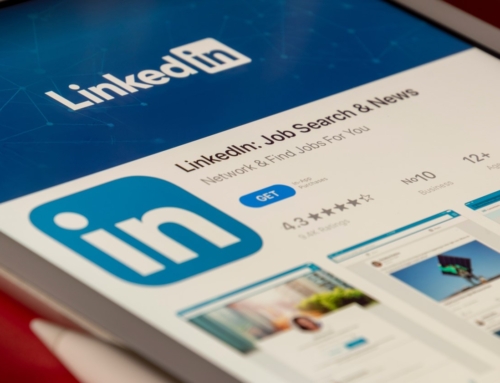Brochures, handouts, sell sheets, and folders were probably a costly investment when you made them last. If you’re like most companies, you spent a lot of time perfecting the creative look and feel, and then printed thousands to ensure you could order once and be equipped for every trade show, industry meeting, sales pitch, and front office visitor for years to come.
The problem: these materials have an expiration date. In order to remain effective, printed collateral should evolve as your brand, target audience, and sales process evolves. Here are some common indicators of when your printed materials need a refresh.
If you have a new logo or updated brand elements
The first reason to update your print collateral is if you’ve updated your logo or brand. All business marketing assets (including digital) need to reflect a consistent look. This makes your brand easily recognizable and helps your main messages resonate with target audiences.
If your contact information has changed
Address, telephone, website, sales reps, company leadership — no printed materials should be shared with inaccurate information. So if you are anticipating these changes in your company, make sure to add print collateral to your checklist of things to update.
If you have added to or changed your product line
Don’t put your company in a position where their product line cards don’t feature your newest offering, or getting customer interest in a product you no longer carry. If your portfolio experiences multiple changes per year, there are many print options that help to keep your team flexible.
If design elements appear dated
The graphic design, marketing, and advertising industries have their own trend waves that range from font types and color palettes to accent designs and white space. Think iconic 70s bubble letters. Slight updates here and there can go a long way.
If your messages are company-centric
Internally, define your ideal clients to ensure that externally you are communicating to them in their language. Approach the introduction to your company or product from their perspective, whether it is problems they may be experiencing, industry jargon they are used to hearing, or results you know they are looking for. If your content is too self-promotional and over their heads, it will never serve the intended purpose.
Marketing — and marketing materials — should walk your prospects through the first few steps of the buying process. With the popularity of digital, ever-changing content, make sure your print collateral isn’t one step behind.







